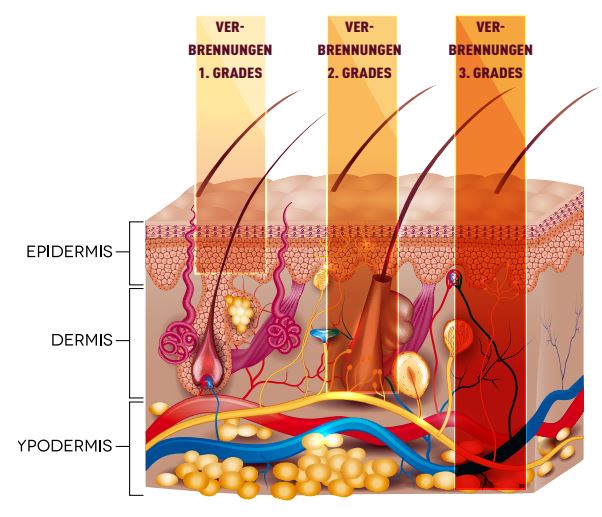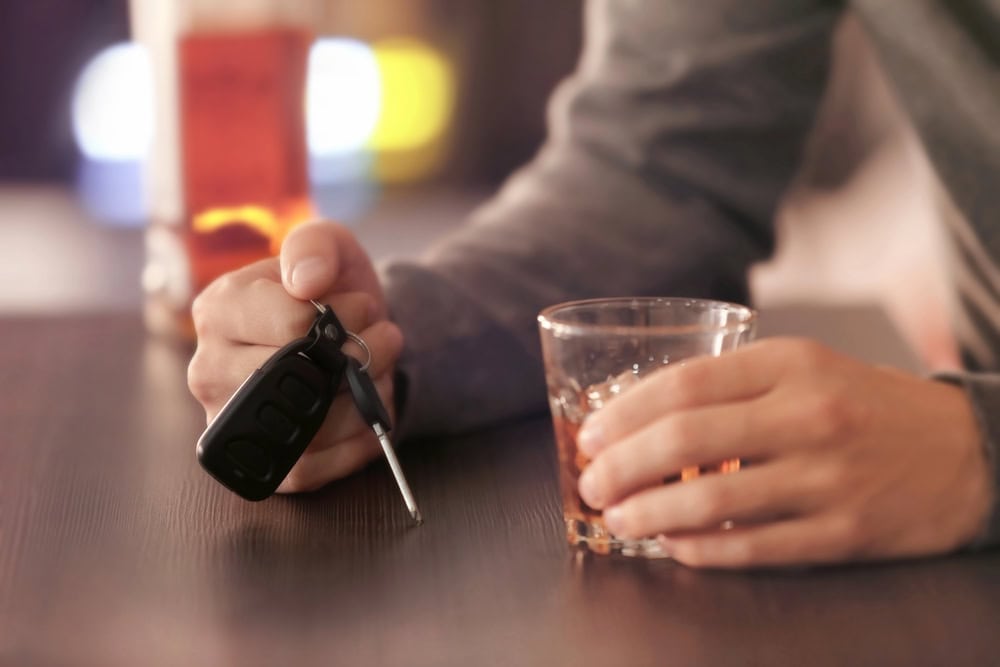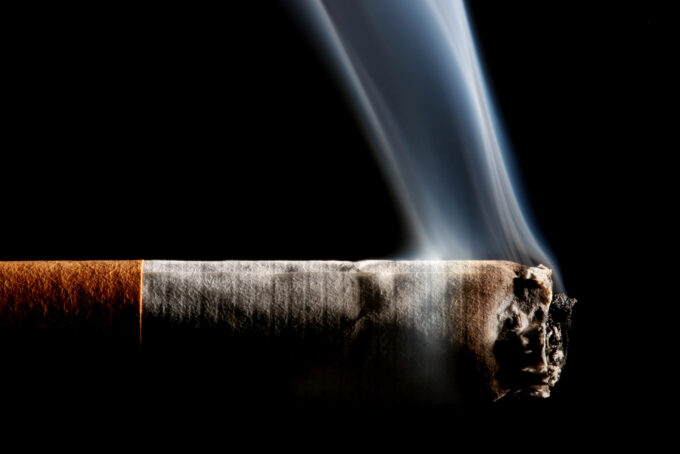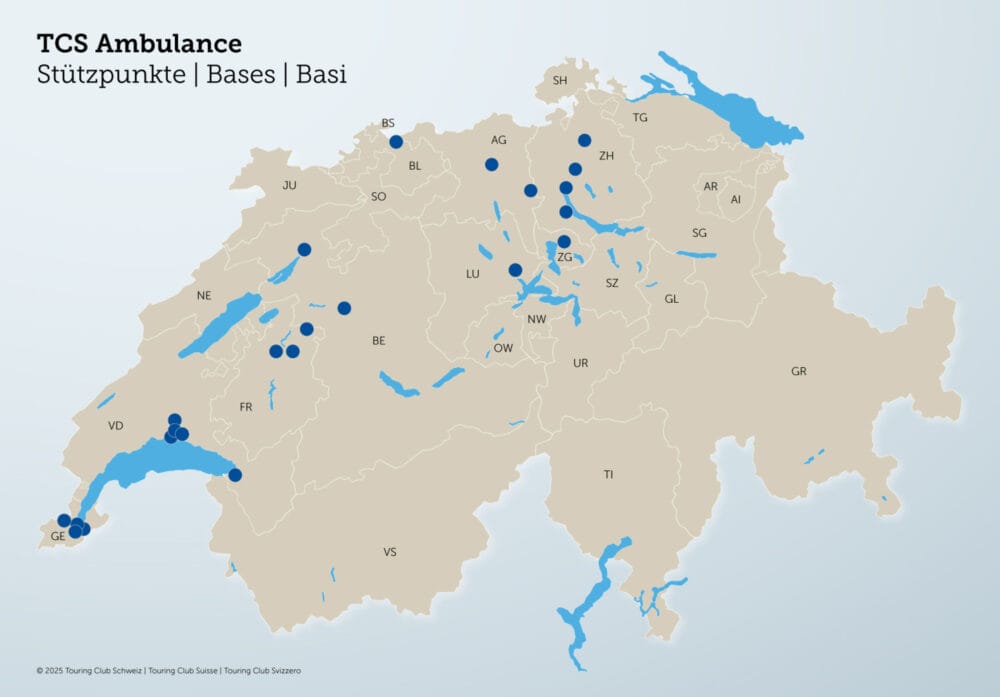First aid for burns
Minor scalds or burns usually heal well and without consequential damage. But when is it advisable to go to the doctor with a burn, to alert an ambulance service or even the Rega? And why are burns so dangerous, even insidious?

Basically, burns and scalds are caused by the action of heat on the skin. In order to understand why the treatment of such thermal skin injuries belongs very quickly in the hands of professionals, one must bear in mind how important our skin is and what tasks it fulfills.
The skin is the largest organ of the human body. In adults, it covers an area of around 1.7 square meters and weighs 10 to 14 kilograms. Depending on the region of the body, it is between 0.5 and 4 millimeters thick. The skin consists of three layers: epidermis, dermis and hypodermis, which in turn also consist of several layers.
The epidermis contains cells that ensure that the skin can constantly renew itself. The dermis forms the thick, elastic yet firm middle layer of the skin. The subcutis stores energy in its fat cells and insulates the body. The various skin layers fulfill many functions - but first and foremost, the skin protects us from harmful external influences as well as heat and fluid loss and is an important sensory organ.
Mild or severe burn
The severity of a burn depends on the temperature, duration and area of heat exposure. Whereas in the case of minor damage only the upper layers of the skin are affected, in the case of severe burns or scalds the skin is damaged down to deeper layers. According to the affected skin layers, a classification is made into the severity grades 1 to 4.
The "Rule of Nine
In addition to depth, area is an important factor in assessing a burn. Wallace's "rule of nine" allows a quick estimate of the area affected in adults (different values apply to children: thus, burns to the head and neck correspond to nine percent, the arms to nine percent each, the front and back of the torso to nine percent each twice, the genitals to one percent, and the legs to nine percent each twice of the body surface.

When is there danger to life?
Decisive for the severity and thus the danger of a burn are the depth (degree) and extent of the affected skin area. This determines whether the tissue damage is local or can affect the entire organism and endanger life. If ten percent or more of the body surface is burned (in children from five percent), life-threatening complications can arise.
For second-degree burns that exceed the size of a postcard (two to three percent of the body surface), or if the face, genitals, or hands are affected, a physician should be consulted. If more than ten to fifteen percent of the body surface is second-degree burned, emergency medical services must be alerted.
Every third-degree burn and higher requires treatment in a hospital - and if it extends to more than ten percent of the body surface, even in one of the two special clinics for burn victims in Switzerland. Please note that in children, the elderly and weakened people, burns of five to ten percent of the body surface can already have life-threatening consequences.
How to recognize and treat burns:
1st degree symptoms:
- Redness, slight swelling of the skin
- Itching
- Pain
First Aid:
- Cooling the affected area with wet cloths
- Emulsions and analgesic drugs
- in case of sunburn: avoid further exposure to the sun!
Symptoms 2nd degree:
- Redness of the skin
- Bubbles filled with clear liquid
- severe pain
First aid
- Immediate cooling of the affected area with tap water at around 20 degrees, avoid cooling down
- Bandage wound dry and clean
- Leave bubbles and DO NOT open
Alerting
For burns on the face or over joints and more than two to three percent affected area (postcard size): Consult a physician. If more than ten percent of the body surface is affected, alert the emergency medical center 144.
Symptoms 3rd degree
- black and white necroses/blisters
- no or only slight pain (destroyed nerve endings)
First aid
- NO cooling with water (danger of hypothermia)
- Bandaging the burns, dry
- Do not allow the person to eat or drink (surgery may be necessary)
Alerting
Larger areas cannot heal themselves and require surgical treatment at a specialist burn clinic (in Zurich and Lausanne). Immediately alert Rega via the emergency number 1414 or the medical emergency center 144.
Symptoms 4th degree
- Charring
- No pain
- Pain
First aid
- NO cooling with water (danger of hypothermia)
- Bandaging the burns, dry
- Do not allow the person to eat or drink (surgery may be necessary)
Alerting
Self-healing is no longer possible; treatment at a specialist burn clinic (in Zurich or Lausanne) is urgently required. Immediately alert Rega via the emergency number 1414 or the medical emergency call center 144.
Source: Rega









